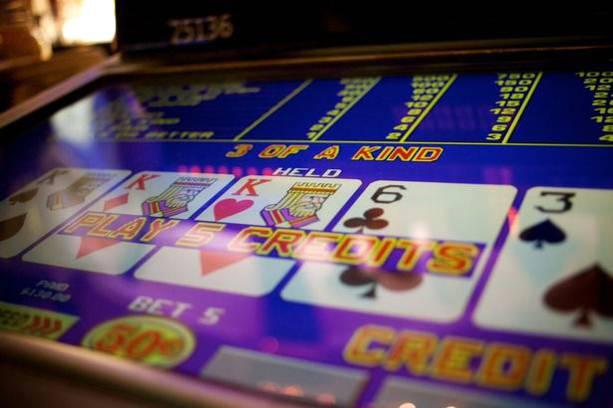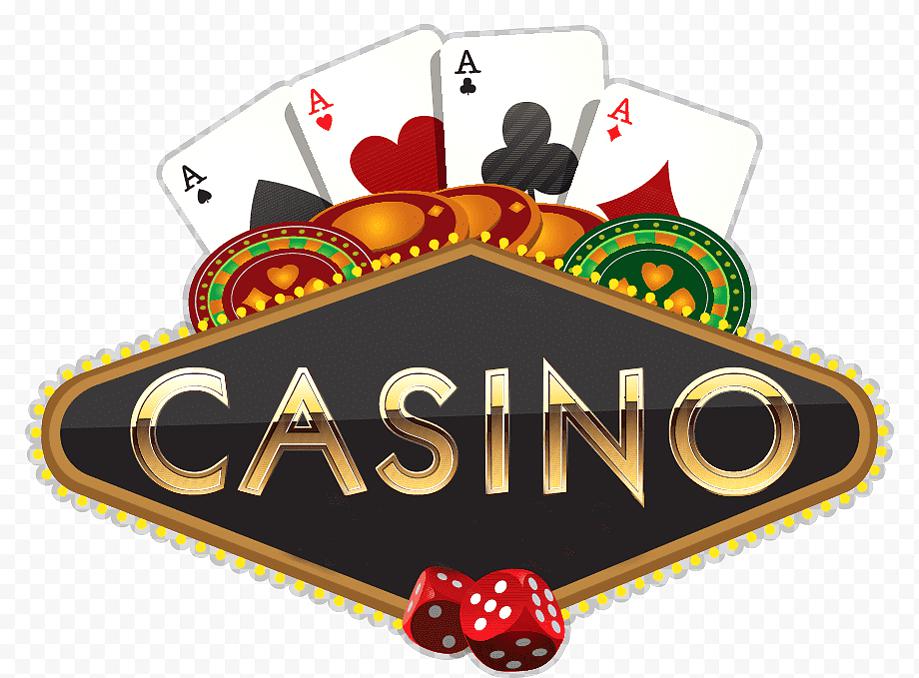Are you ready to dive into the world of 21 points and start playing like a pro? Then you have come to the right place! In this post, we will break down all the basic rules of the popular card game so that even beginners can familiarize themselves with these aspects.
We’ll show you how multiple players can use different strategies to their advantage and beat opponents, then dive into scoring, hands that beat other hands, and how each round ends.
History of blackjack
It is believed that the game of blackjack originates in France. It was originally known as 21. The object of the game is to beat the dealer’s hand by hitting 21 or as close to 21 as possible without busting. If the dealer scores closest to 21, you lose.
Although blackjack was played even in the first American gambling houses, it was never as popular as poker, so the gambling houses had to spice it up a bit to give it a little more popularity. Some gambling houses offered higher payouts for blackjack hands, while others gave bonuses for certain card combinations, namely the ace of spades with the jack of clubs.
This is how 21 was renamed to blackjack from the combination of these two cards.
21 point game rules
Blackjack is played with a standard deck of 52 cards and is a very simple game that requires some skill based on a certain amount of luck. Part of the luck has to do with the cards you’re dealt, and the skill has to do with learning some basic strategies, basically knowing when to beat, stand, split, or double.
The goal is not to beat the other players at the table, be it the casino table or the kitchen table, but to beat the dealer’s hand.
The dealer starts by shuffling the cards. Some casinos use up to six decks, but at home one deck is fine. The dealer then deals cards to each player and himself. The croupier must stand or sit opposite the other players and always start the hand with the person to his left.

The hole card is the dealer’s hole card.
On the first deal, each player is dealt two cards face down. The dealer deals himself one card face down (hole card) and another card face up. Each player basically plays a separate game based on the cards he or she deals and depending on what the player thinks the dealer has.
The dealer starts with the first player to his left. This player looks at their cards and determines if he or she can take another card without going over 21. It’s important to take a good look at the dealer’s up card because it can determine which strategy you decide to use in your game. own hand.
Cards are valued as follows:
- Ace either 1 point or 11 points
- Face cards 10 points
- Number of cards face value of the card
- Blackjack: One Ace and any 10 cards.
Different Strategies for Playing 21 Points
Technically, 21 with more than two cards is not considered blackjack, but you can still win this way. If you hit 21 points before the dealer or any other player, you will win the pot.
When your cards are dealt, add them up and figure out if you want to stay with what you have or take another card. In home games you will tell the dealer to “hit me” or “stay” and in a casino you will use hand movements to tell the dealer what you want to do.
There are many strategies for standing or hitting, but basically you just need to figure out your odds. If you have only nine cards, chances are good that you can draw another card without going over 21. If you have only 18 cards, your chances of hitting over 21 are much higher and you will probably want to stay.
Remember that not only are you trying to score as many points as possible, approaching 21, but you are also trying to beat the dealer, so you also need to check the dealer’s cards. The problem is that you can only see one of his or her cards at a time and you have to make some assumptions to figure out if you can beat him or her.
Basic strategy
Blackjack is not just a game of chance. Although a lot depends on the luck of the draw, there are many strategies to improve your chances of winning.
Here are some basic strategies to help you play the best hand:
- Always take any hand that adds up to 11 or less.
- Get up to 17 or more. (The only exception to this rule is when you have a soft 17, which means you have an ace in your hand. And even here, be careful with the dealer’s hand checking his or her cards before asking for a draw.)
- For cards totaling 12 to 16, then whether to take or stand depends on the dealer’s face-up cards: take if the dealer has a 7 or higher; stand if the dealer has 2 or 3 points.
- Never take insurance.
- Always split aces and eights.
- Never split 4, 5 and 10 cards. The odds will be against you.
- Never double your bet below 8 points.
- Always double your bet for 11 points.
- When you have 10 points, double Place your bet when the dealer shows 2 and 9.
